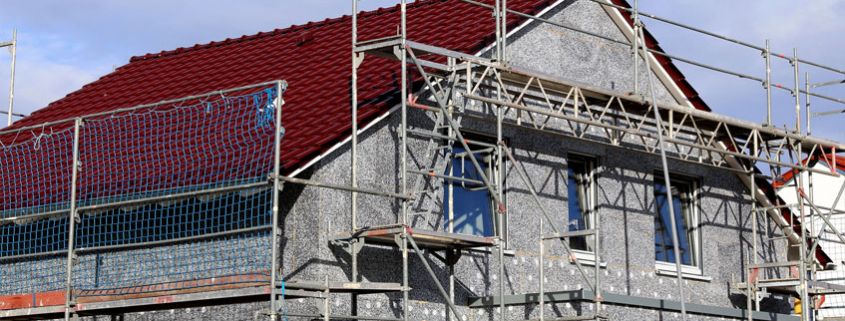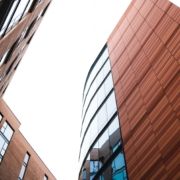External Cladding Installers
StanLil are Experienced External Cladding Installers
Cladding has two functions, both of which are important in the finishing of a building. First, cladding protects external walls from the elements, and second, it creates an aesthetic finish which is pleasing to the eye. External cladding installers have existed for centuries, often using local materials to insulate and protect houses. Now we have a vastly increased range of choices when it comes to deciding how a building will look.
The Benefits Provided by External Cladding
There are 3 main benefits conferred by the installation of external cladding on a building:
1. Protection
Adding external cladding to a building is like creating an extra layer of protective skin. It makes sense to create a barrier between the structure of our homes and the external elements, such as wind, rain, winds and extreme temperatures. External cladding enhances both the resilience of a building, and its insulation.
2. Up-Keep and Maintenance
Whilst we may not have any choice over the materials used to construct a building, external cladding offers a range of alternative finishes. This can be a major help when it comes to maintaining the premises. If you’re looking to minimise the maintenance required, you might choose a brick, or clay cladding. If, however, you’re happy to support ongoing maintenance, you might select uPVC cladding which requires machine cleaning every few years.
3. The Look of Your Property
For many of our clients the most important reason for having external cladding installed is the element of aesthetic choice. Choosing the right cladding can enhance the value of a property, attract attention to its external features, and enhance loyalty for users of the building. The range of cladding is growing all the time, encompassing colour, texture, material and finish.
What Sort of Cladding Should I Install?
As external cladding installers, the StanLil team are often asked for advice on what kinds of cladding would be best for a building. The answer is dependent on budget, of course, but also on the taste and aims of our clients for the building in question.
The most commonly used cladding materials are:
- Brick Cladding: This looks exactly like a traditional brick wall and can offer a nicely rustic finish to a building. It’s a popular choice for domestic properties and is widely available as a finish.
- uPVC Cladding: Our most cost effective option, which enhances both the resilience and the insulation of buildings. It’s available in a range of colours and textures, and it’s a durable choice.
- Wood Cladding: A popular finish, because wood softens the appearance of a building and provides a natural aesthetic. It’s an expensive option, but it provides an attractive finish that’s durable and weather resistant.
- Aluminium: Aluminium is often chosen for commercial buildings because it’s resistant to corrosion, which makes it durable, and it’s a sustainable material. It comes in a range of colours and its lightweight quality means it can be deployed in innovative and creative designs.
StanLil Provides External Cladding Services
At StanLil we specialise in offering tailored external cladding services for the domestic, commercial and industrial sectors. Our specialist team brings over a decade of experience in creating cost effective protective cladding. We always aim to make your building look good, whilst enhancing its energy efficiency, and helping to keep the internal environment warm in the winter and cool in the summer.



